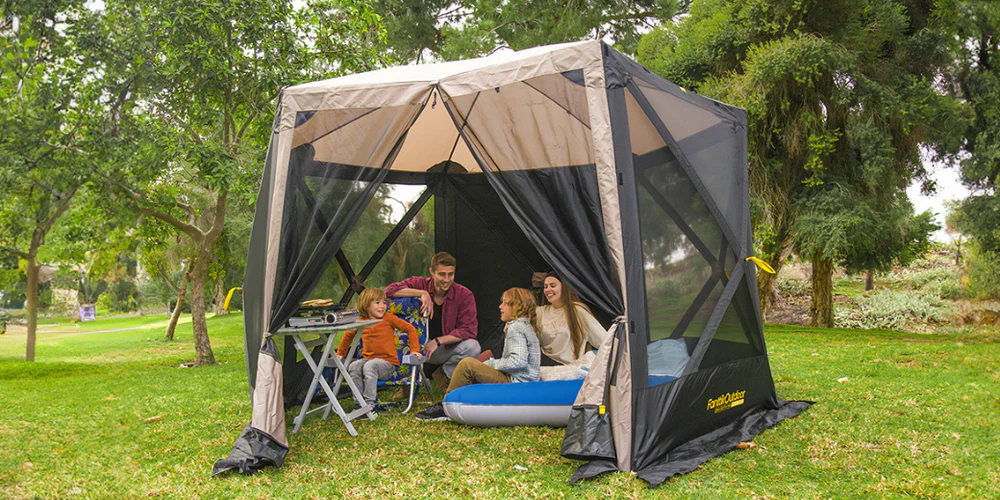Canopy wind hazards are critical factors to consider when analyzing the dynamics of wind patterns in forested areas. Trees play a significant role in shaping these patterns, influencing not only the local environment but also the safety of structures and activities within these regions. Understanding how trees interact with wind can help mitigate risks associated with strong gusts and turbulent airflows.

What Are Canopy Wind Hazards?
Canopy wind hazards refer to the potential dangers posed by wind as it interacts with the tree canopy in forested areas. These hazards can lead to:
- Tree damage or uprooting
- Increased turbulence
- Wind tunnel effects
- Potential hazards for nearby structures
When trees are subjected to high winds, they can sway, break, or even fall, creating a cascade of hazards for both the environment and human activities. Understanding these risks is essential for forest management and urban planning.
How Trees Influence Wind Patterns
The presence of trees can significantly alter wind patterns. In forested areas, trees act as natural windbreaks, reducing wind speed and creating sheltered zones. However, this interaction can also lead to complex wind dynamics. For instance, when wind encounters a dense canopy, it can:
- Accelerate around the edges of the canopy
- Generate turbulence beneath the canopy
- Cause localized wind shear
These phenomena can create unpredictable conditions, especially during storms. Understanding how trees influence these patterns is crucial for predicting potential canopy wind hazards.
Assessing the Risks of Canopy Wind Hazards
To effectively assess the risks associated with canopy wind hazards, it is essential to consider several factors:
- Tree Species: Different species have varying levels of wind resistance.
- Canopy Density: Denser canopies can create more turbulence.
- Topography: The landscape can influence wind flow and speed.
- Weather Conditions: Storms can exacerbate wind hazards significantly.
By evaluating these factors, forest managers and urban planners can develop strategies to mitigate risks and enhance safety.
Mitigating Canopy Wind Hazards
To reduce the impact of canopy wind hazards, consider implementing the following strategies:
- Regularly assess tree health and stability.
- Implement controlled thinning to reduce canopy density.
- Utilize windbreaks strategically to protect vulnerable areas.
For more detailed guidance on enhancing stability in canopy structures, you can refer to this stability guide.
Conclusion
Understanding canopy wind hazards is essential for anyone involved in forest management, urban planning, or outdoor activities. By recognizing how trees affect wind patterns, we can better prepare for and mitigate the risks associated with these natural phenomena. As we continue to study and adapt to our environment, the knowledge of canopy wind hazards will play a pivotal role in ensuring safety and sustainability in forested areas.







